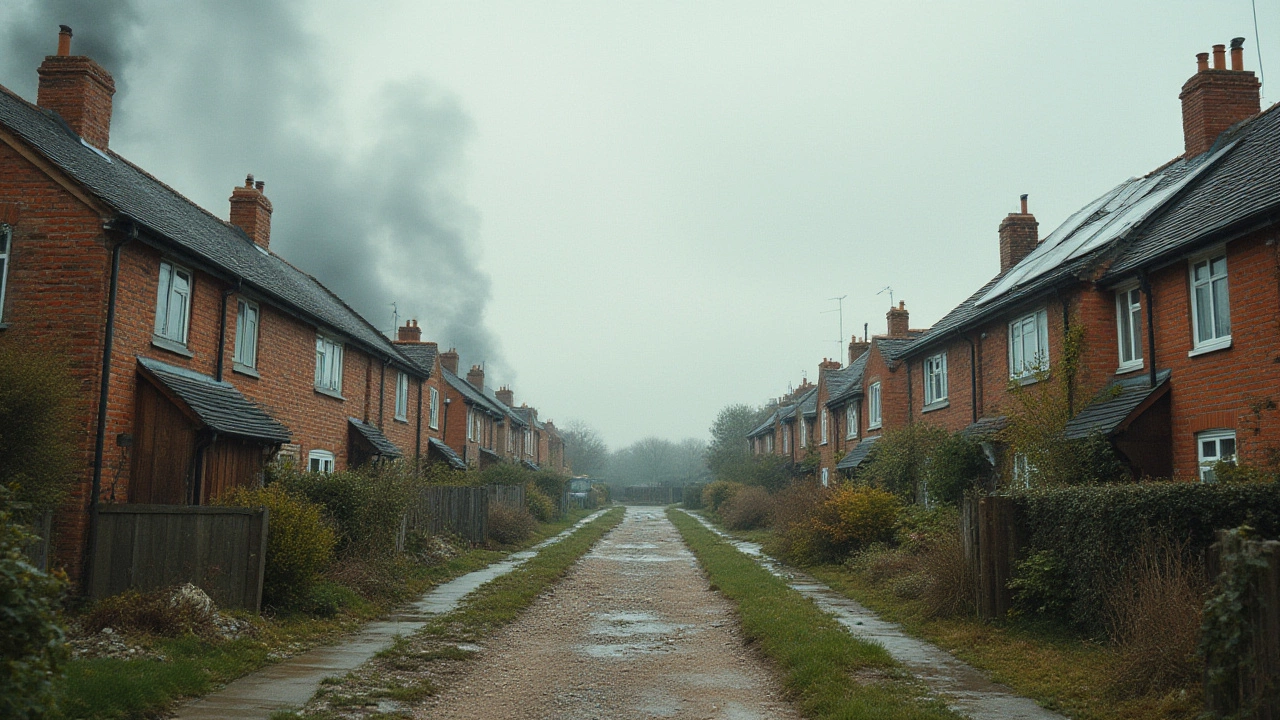
Green Building Alternatives: Simple, Sustainable Choices for Modern Living
If you’re curious about living greener without breaking the bank, you’ve landed in the right spot. From tiny eco homes to portable yurts, there are dozens of ways to cut energy use and lower your carbon footprint. Below we break down the most popular options, what makes them tick, and how to decide which one fits your budget and lifestyle.
Affordable Eco Homes: Cost‑Effective Green Living
Many think eco homes are pricey, but the reality is more nuanced. Materials like reclaimed wood, insulated concrete forms, and structural insulated panels can actually save money over time. The biggest expense is often the design phase—working with a builder who understands passive solar design and airtight construction can shave thousands off your bill.
Our post “Are Eco Homes Expensive? Real Costs, Savings & Smart Choices” shows that, after accounting for lower heating bills and tax credits, the payback period can be as short as five years. If you’re building in 2025, look for modular or prefab options; they’re faster to assemble and usually cheaper than a traditional stick‑built house.
Alternative Structures: Yurts, Glamping Cottages, and Tiny Sites
Yurts are a surprising favorite for eco‑conscious travelers and homeowners alike. Made from natural fibers and a sturdy wooden frame, a well‑insulated yurt can stay warm in winter and cool in summer with minimal heating or cooling. The post “Are Yurts Eco‑Friendly? Honest Facts About Green Living in Yurts” explains how a low‑impact foundation and renewable canvas cover keep the environmental load light.
Glamping cottages blend the charm of a cabin with luxury amenities—think solar panels, composting toilets, and rainwater collection. Our guide “Glamping Cottages: The Ultimate Guide to Luxury Camping Escapes” walks you through the must‑have green features, like LED lighting and insulated walls, that make these retreats comfortable year‑round.
For ultra‑small footprints, tiny houses on wheels are worth a look. They use less material, can be moved to avoid land‑use issues, and often incorporate smart space‑saving designs. Pair a tiny house with a solar kit and you’ve got a portable, off‑grid sanctuary.
When choosing any alternative, ask yourself three questions: How much land do I have? What climate challenges will I face? And how much upfront investment am I ready to make? Answering these will steer you toward the right mix of material, size, and technology.
Don’t forget about hidden costs. Green building sometimes adds expenses for specialized installers, especially for solar arrays or high‑efficiency HVAC systems. However, many governments offer rebates for renewable energy, and some lenders provide lower rates for certified sustainable builds.
Finally, remember that living greener isn’t just about the structure. Simple habits—like using LED bulbs, sealing drafts, and installing low‑flow fixtures—amplify the benefits of any green building choice. Combine a smart structure with conscious daily actions, and you’ll see real savings on your utility bills and a lighter impact on the planet.
Ready to start? Browse our collection of posts for deeper dives into each option, from cost breakdowns to step‑by‑step building guides. Green building alternatives are more accessible than ever—pick one, do the research, and take the first concrete step toward a more sustainable home today.
